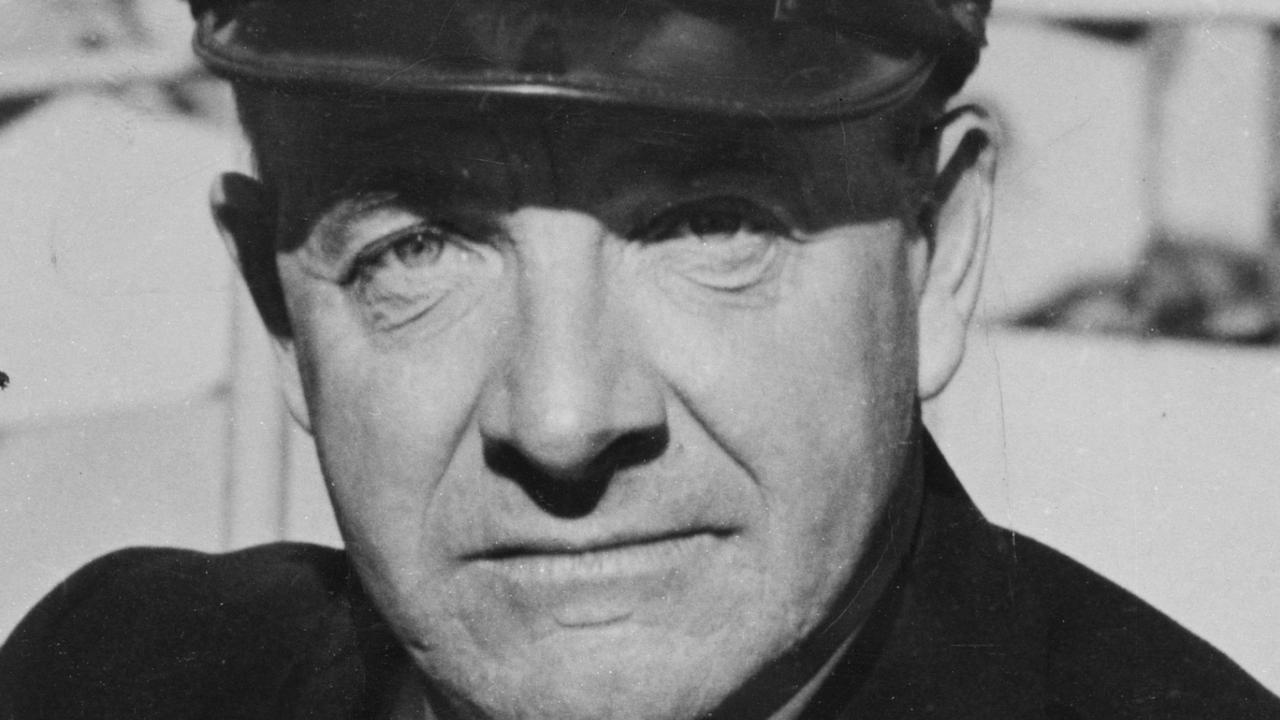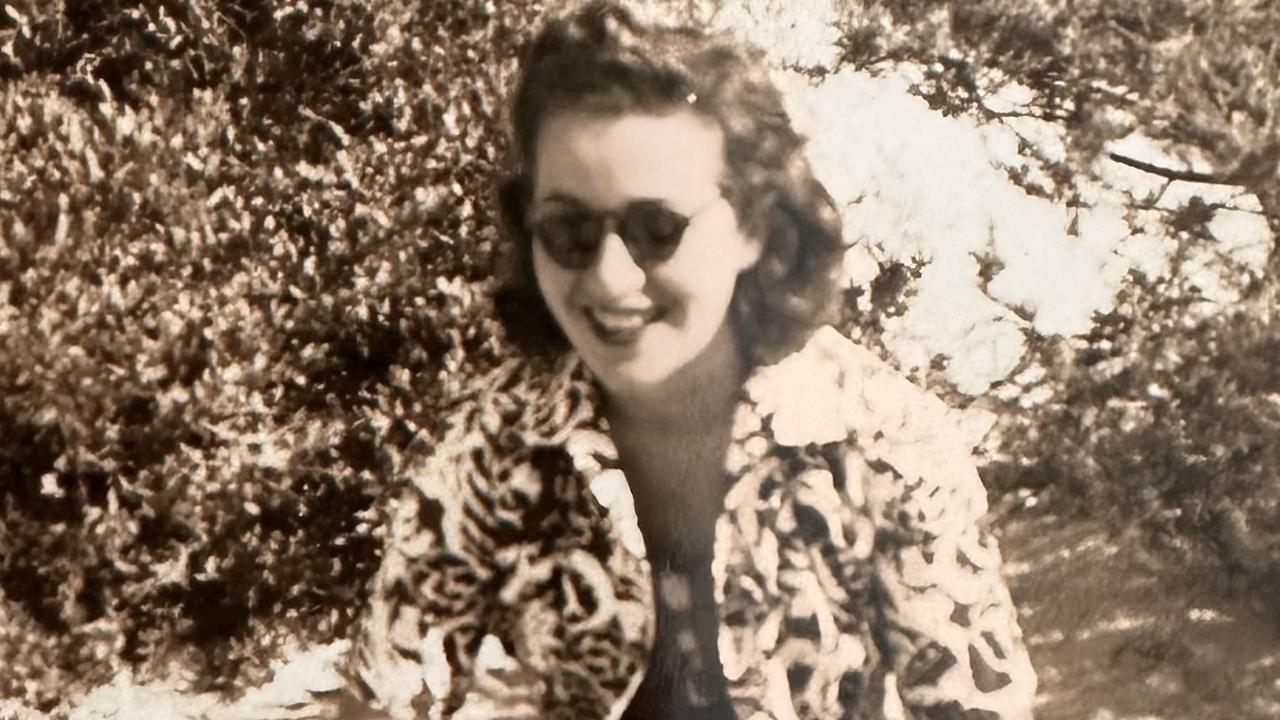Monty Python raised hell with religious figures opposed to biblical romp Life Of Brian
Protesters were out in force for the premiere of Monty Python’s Life Of Brian but they only served to make more people want to see it
The protesters had gathered early, on a street in New York outside Cinema One. It was not the usual rent-a-crowd; among the earnest looking group were nuns, priests and even rabbis. All of them were taking offence to a film opening that day, August 17, 1979.
The film was not an expose of Church practices, nor some anti-Christian philosophical tract, but a comedy named Monty Python’s Life Of Brian. Although it is unlikely that any of the protesters had seen the film, they knew of it by reputation.
Set in ancient Judea, most assumed that it satirised or made fun of the life of Jesus. In reality it poked fun at people who followed false messiahs and misinterpreted signs. As usual the protests only served to heighten interest in the film, but even on the opening day the lines of those queuing for tickets to see it vastly outnumbered those lining up to condemn it.

The film may have stirred controversy, but it would go on to become a motion picture classic.
Its surprising longevity belies the fact it began as a throwaway joke. Stories vary but most of the Pythons agree it was Eric Idle who came up with the original inspiration for the film. The team had become famous with its television series Monty Python’s Flying Circus, which ran from 1969-74. The six key members of the ensemble comedy group, Idle, Graham Chapman, John Cleese, Terry Jones, Michael Palin and Terry Gilliam had also had a hit with their 1975 film Monty Python And The Holy Grail. While doing publicity for Holy Grail Idle was asked what their next project would be and his response was “Jesus Christ — Lust for Glory”. A play on the British title of the 1969 film Patton: Lust For Glory, Idle never intended it to be taken seriously.

There weren’t even plans for the team to make another film together. All the members were working on other film and TV projects in the late ’70s, with varying degrees of success. But there was an overwhelming demand from fans for another movie.
When they began serious discussions about making a film Idle’s joke gave them the idea of doing a send-up of a Biblical epic. They realised they could offend two-thirds of the world’s population if they made a joke of the story of Jesus himself, so decided it should be about a man growing up leading a parallel life, being mistaken for the messiah. They could thereby emphasise the way a religious message could be misinterpreted.
They did some research, watching a few classic Hollywood films and noticed that all of the characters spoke in a very pompous way, as if they knew they were living in important times.
The Pythons decided their characters would speak like ordinary people. All of the team wrote potential jokes, scenes and set pieces for the movie and then spent two weeks in Barbados together in January 1978 putting it into a coherent script. While there they were joined by friends, including Mick Jagger who was hiding from the press after breaking up with wife Bianca and taking up with supermodel Jerry Hall.

Once they had a semblance of a script, EMI agreed to finance the film and the cast and crew prepared to head off overseas to begin filming.
But three days before production was to start EMI’s chief executive Lord Bernard Delfont read the script, worried about offending religious groups and pulled the funding.
After hunting around for a new backer, Idle met with former Beatle George Harrison who agreed to put up $US4.5 million. Asked why he was willing to back the project he later
said: “I just wanted to see the film.”
Filming took place in Tunisia from September to November 1978. Harrison visited the set and made a cameo as the man who owned the mount where Jesus gave his sermon.
One final scene aboard the space ship was shot in England in November 1978, but it had to be shot quickly. Graham Chapman was living in the US and, for tax reasons, couldn’t stay longer than 24 hours in England.
The film opened in the US in August 1979 because there were no blasphemy laws. In England there had recently been a prosecution for blasphemy over a poem. When it opened in the UK later in the year they avoided any legal problems but there were the usual protesters. There was also an infamous television debate, with Bishop Mervyn Stockwood and Malcolm Muggeridge, which seemed to rattle Cleese and Palin, but only served to make the film’s detractors look like hopelessly biased bullies.
Monty Python’s Life Of Brian streams on Netflix.



